Humans have been hunting gold since prehistoric times. In what is now Nova Scotia, the yellow metal was first observed in the mid-1800s in Halifax County and many other areas. The rush was on. By 1862, the region was — for a brief time — Canada’s largest gold district.
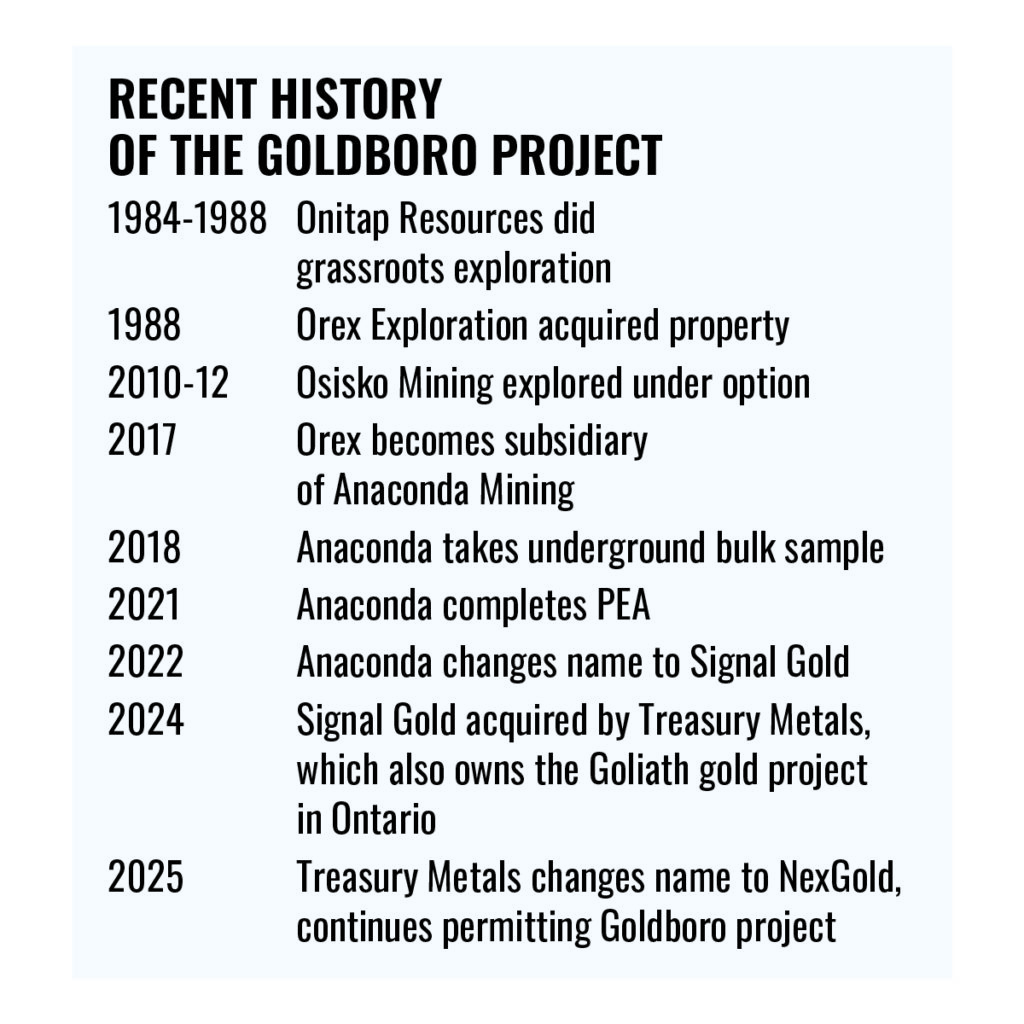
Today’s explorationists continue to advance gold projects in the region, notably the Goldboro property, 100%-owned by NexGold. The property lies 175 km east of Halifax and includes the former Boston Richardson mine and historic tailings facilities.
Thus far, the project is showing evidence that it will be successful. The fact that the gold price has more than doubled in the four years since the feasibility study was prepared will only make the undertaking more profitable.
According to the 2022 feasibility study with a gold price of US$1,600 per oz., the Goldboro property contains open pit measured and indicated resources of 16.7 million tonnes, grading 2.82 g/t gold, containing approximately 1.4 million oz. This resource, on which the feasibility study was prepared, will support the development of two initial pits. There is also an inferred resource of 975,000 tonnes at 2.11 g/t gold for 66,000 oz. A cut-off grade of 0.45 g/t was used in the calculation.
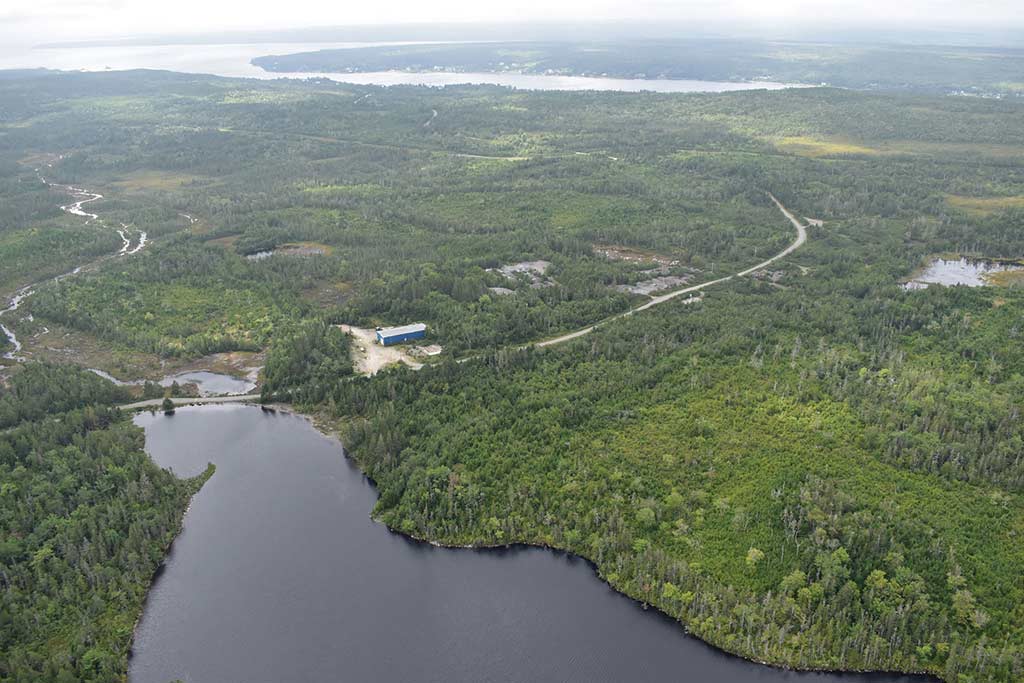
Included in the resources are proven and probable reserves totaling 15.8 million tonnes at 2.26 g/t gold, containing roughly 2.2 million oz.
NexGold is updating the resource estimate, but it was not yet available at press time. Anyone interested should check the company’s website for news of the changes.
An underground bulk sample was collected in 2018. With a cut-off of 2.40 g/t, the underground M+I resource is 5.9 million tonnes grading 6.09 g/t gold, containing approximately 1.2 million oz. The inferred portion is a further 2.2 million tonnes at 5.89 g/t gold, containing 418,000 oz. The potential has been identified for future underground development as the project matures.
What the feasibility study outlines
NexGold envisions a conventional truck-and-shovel open pit mine that will have a life of 11 years. Average gold production will be approximately 100,000 oz. per year in each of the first nine years. The expected gold recovery rate is 95.8% with an all-in sustaining price per ounce of US$1,072 (and that was using a conservative price of US$1,600/oz.).
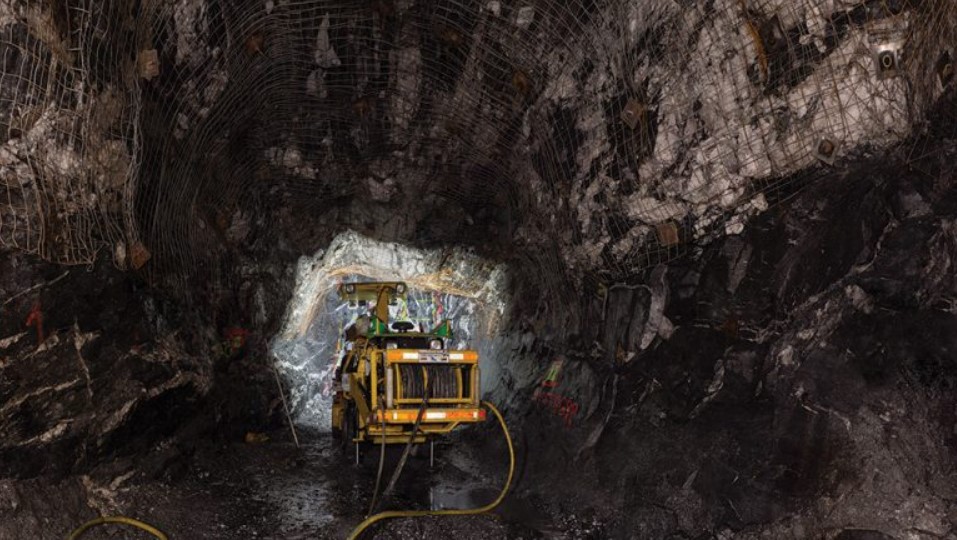
Development of the two pits will take a year before the 4,000-t/d processing plant begins operation. The project will ramp up to full capacity over the next six months. The pre-production year will also see the initial stage development of the tailings management facility (TMF).
The 4,000-t/d processing plant will be of conventional design and operate in two shifts per day. Three stages of crushing will be followed with ball milling followed by cyclone classification. Ball mill discharge will report to the gravity circuit designed to collect 40% of the gold. Intensive cyanidation of the gravity concentrate will follow ahead of a carbon-in-pulp (CIP) circuit. The pregnant solution will be washed from the carbon, followed by electrowinning and smelting to produce doré. After the gold is recovered, carbon will be regenerated in a rotary kiln.
Tailings will undergo cyanide destruction using the SO2/air process, followed by arsenic precipitation. Tails will be thickened before placement in the TMF.
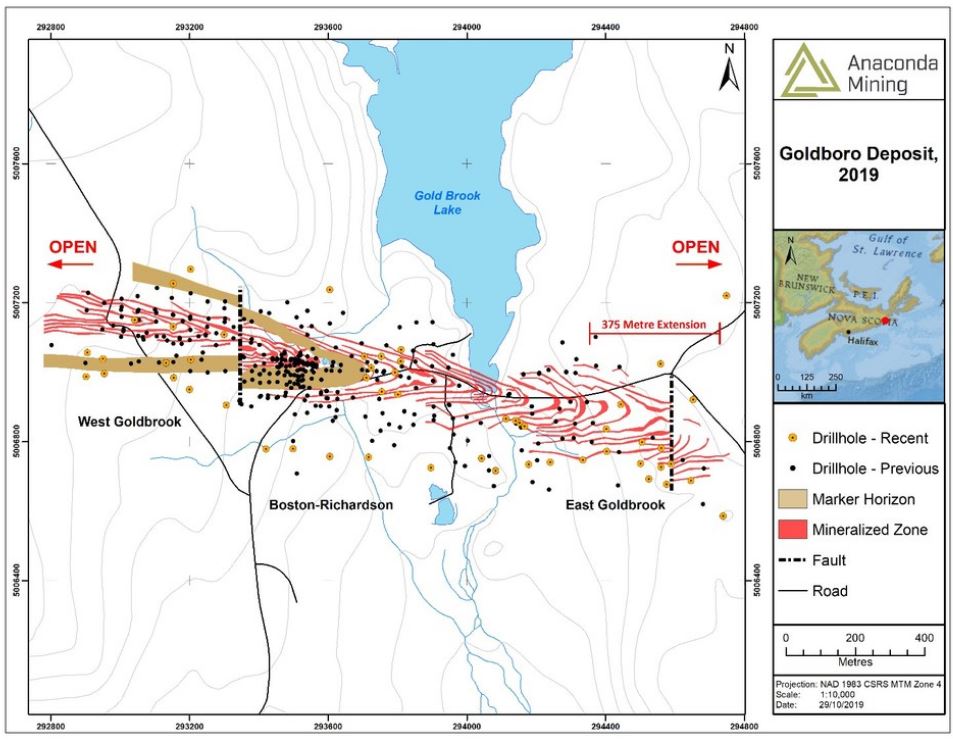
After taxes, the project carries a preproduction capital requirement of $271 million, which should be paid back in 2.9 years. The internal rate of return is 25.5%, and the net present value with a 5% discount is $328 million. The ability to keep development costs low is due to the decision to begin with open pit mining and the availability of local infrastructure.
Goldboro takes advantage of generous existing infrastructure. The property is accessible year-round via Route 316 from Antigonish 60 km away. The nearest power supply is only 1.6 km from the village of Goldboro. NexGold will be undertaking earthworks for pit development and ancillary buildings, accommodations, roads, power, freshwater, water treatment, and the TMF. Services and skilled labour are both available nearby.
Goldboro nearly shovel-ready
Goldboro is nearly shovel ready. Most of the major permits and licences are in hand as is the impact benefits agreement with the local Mi’kmaw community.
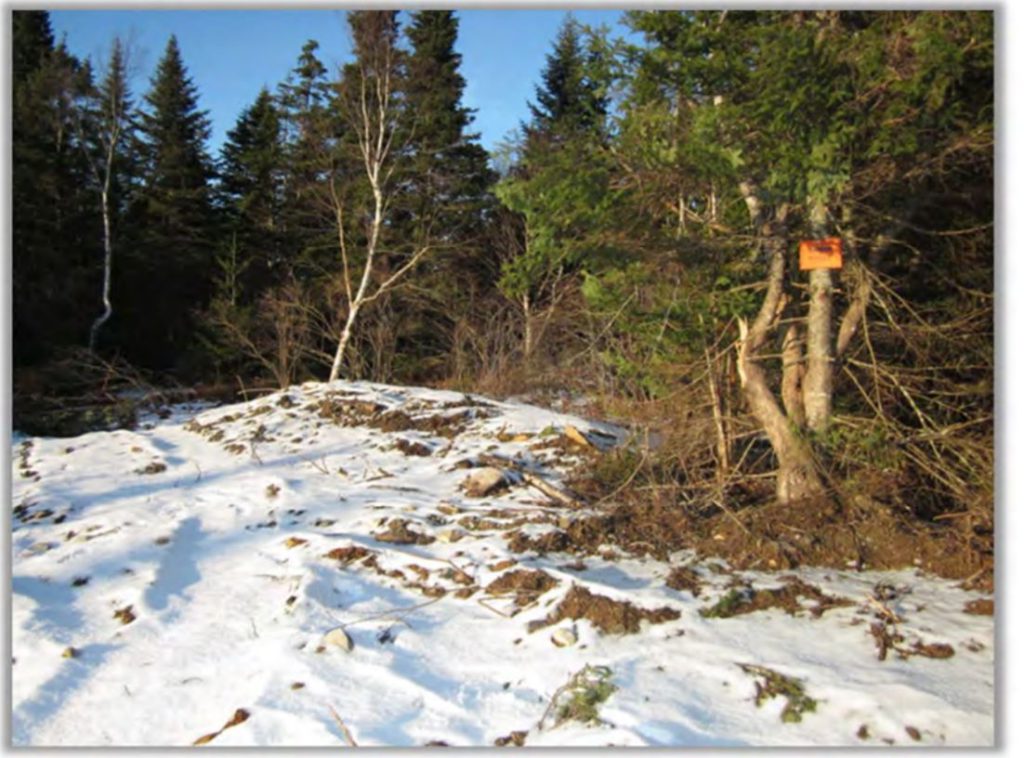
Permitting is successfully underway at Goldboro. The project earned environmental approval in August 2022, mining and Crown leases in May 2025, approval of Schedule 2 amendments in July, and industrial approval in August 2025. The company filed for the necessary Fisheries Act authorization recently, and the initial feedback is positive for the project.
NexGold and the Assembly of Nova Scotia Mi’kmaw Chiefs signed a historic benefits agreement for Goldboro in December 2024. This ensures the project will advance in a mutually beneficial manner. The agreement contains a community grants program that pays at least $1,000 to eligible organizations.
Exploration potential
NexGold recently completed approximately 25,000 metres of diamond drilling at Goldboro. The results confirm that the project has growth potential in all directions, particularly to the west and toward the past-producing Dolliver Mountain gold mine. Geophysical surveys have defined mineralization about 1.7 km to the west of the current deposits, including near-surface mineralization.
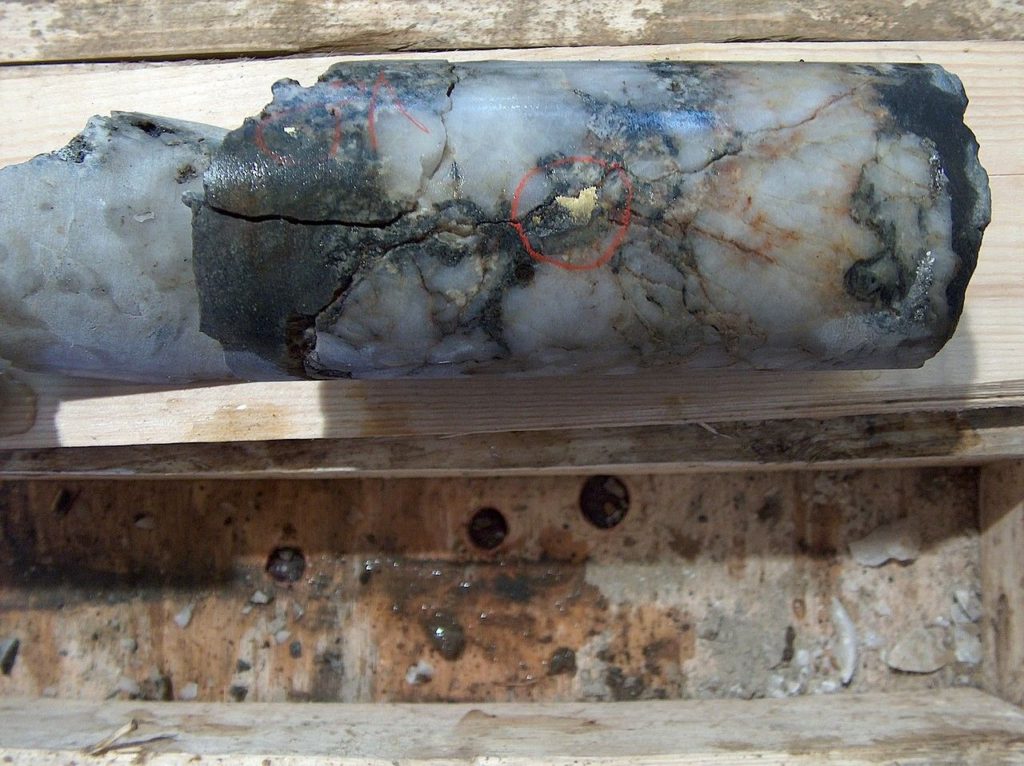
Results from the drilling campaign have been both long and strong. High-grade assays highlighted since mid-year have included 108.76 g/t over 1.4 metres, 77.30 g/t over 1.25 metres, 67.23 g/t over 2.20 metres, 50.73 g/t over 6.7 metres, 40.09 g/t over 17.7 metres,
As for the long intersections, they include 36.7 metres at 1.60 g/t gold, 25 metres at 6.91 g/t gold, 21.2 metres at 1.05 g/t,19.7 metres at 2.79 g/t, 18,2 metres at 5.28 g/t, and 18.3 metres at 3.56 g/t gold.
The company has now traced gold over a 3.4-km strike length at Goldboro. The deepest hole was 550 metres, and it remained open at depth.
The growing exploration potential will add to the value of a solid gold mine project that has already benefited from the steep rise in the gold price. 
Marilyn Scales is a freelance mining writer.


